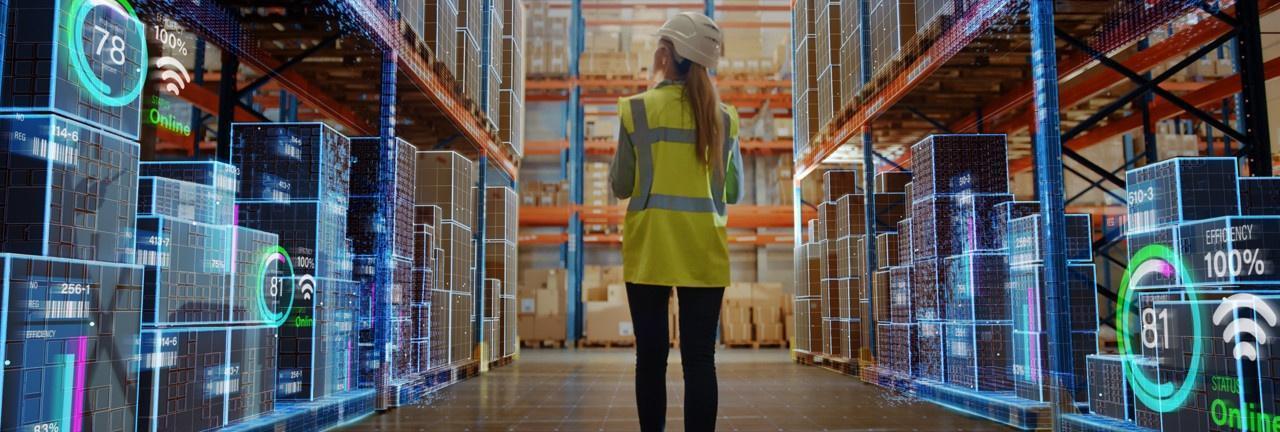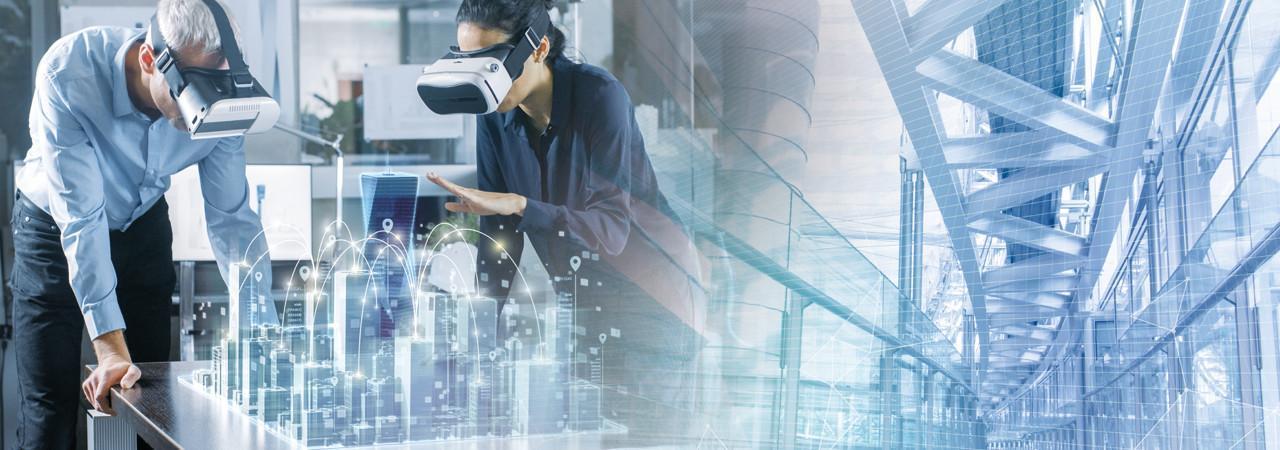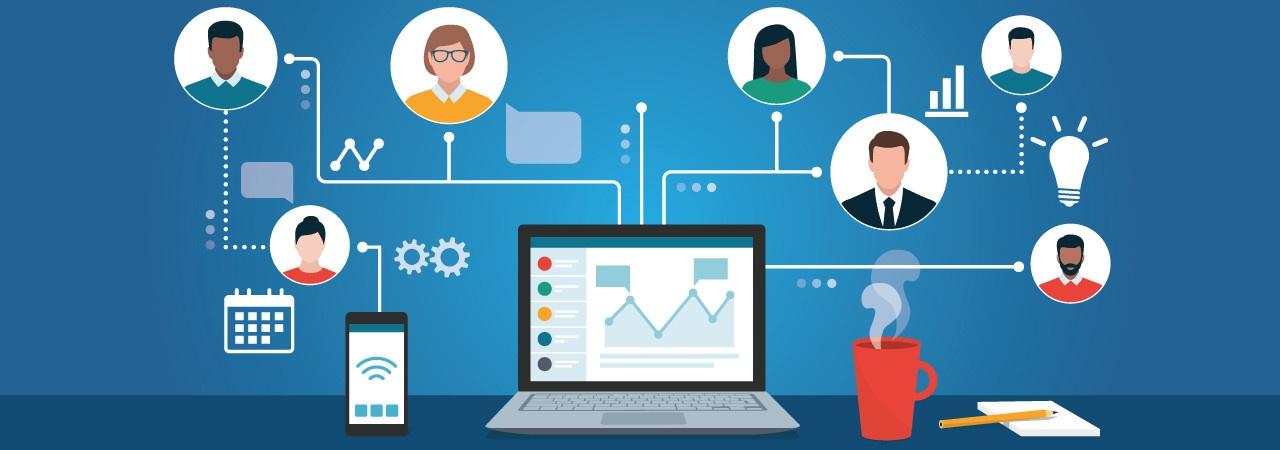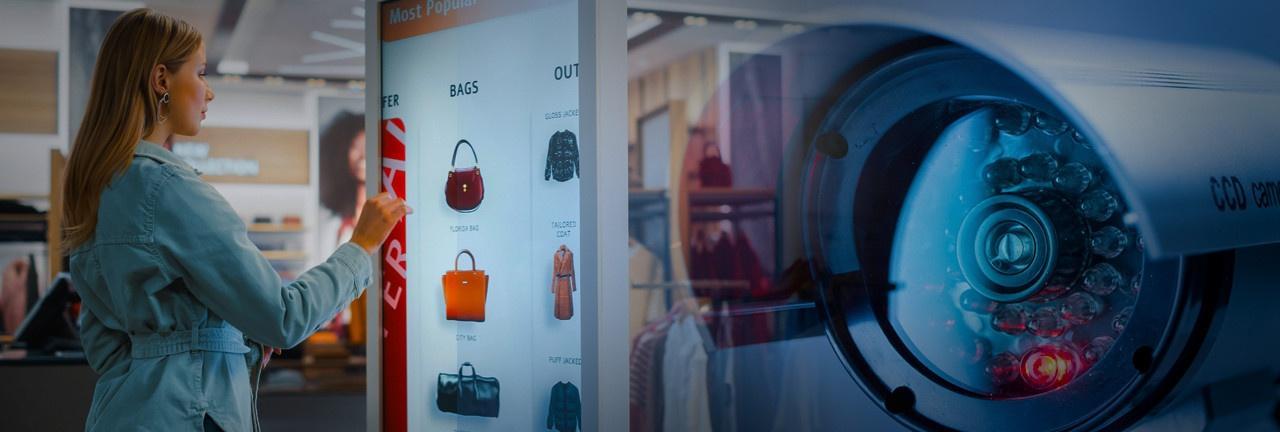"When it comes to digital transformation, the personal touch is often what takes projects from 'good' to 'exceptional'. Plenty of companies can deliver technology, but it's the relationships that really drive innovation in long term."
Philip Button, Regional Business Manager – Enterprise
When it comes to building brand loyalty, customers increasingly expect the retailers they shop from - whether that's online, in person, or via click-and-collect - to demonstrate tangible efforts to operate in an ethical, sustainable, and environmentally friendly manner in everything they do.
Technology in the Hospitality Industry - Maintaining the Human Touch in the Age of Social Distancing
2020 has proven a challenging time for the global hospitality sector. As with virtually every industry impacted by COVID-19, the sector has been forced to completely re-evaluate the way it delivers its services, in order to comply with government regulations and - most importantly - guarantee the continued safety of both guests and staff.
We see over and over again how COVID-19 is transforming the way we work and connect with each other. Employees across virtually every industry are now working effectively from home, even if such an arrangement would have been unthinkable at the start of this year. It's been extremely heartening to see the range of innovations that have been embraced in response to the crisis, but it's important not to forget the foundations of your IT infrastructure as you explore these solutions. For example, consider how you are backing up and storing the lifeblood of your organisation: your data.
Throughout the past few months, we have seen organisations' internal teams forced to adapt their processes, infrastructure and strategies in ways that would previously have been inconceivable. Key to the success of this process has been the support of external service providers, who have complemented companies' internal expertise and freed IT teams to focus their attention where it is most needed. As it becomes clear that the distributed workforce is here to stay, such partnerships are going to be more important than ever moving forward.
Policymakers have now recognised that world-class digital connectivity and fast internet connections are as essential to the future of the society now as ports, railways, airports, and highways were throughout the last two centuries. Those systems transformed the way people lived and worked, irrevocably changing human conceptions of distance, speed, and time.
These state-of-the-art technologies are being used by architects to effortlessly showcase realistic project images to potential clients and stakeholders, enabling the latter to make any changes they want and give feedback on designs (or approval) in no time.
But VR / AR / MR is just the latest flowering of Digital Transformation (DX) to be adopted by the industry - and depends upon the same underlying technology.
Digital transformation: opportunities and challenges
By nature, architecture is an industry defined by evolution, so its early adoption of DX should come as no surprise. In firms across the world, the design process has moved away from drawing boards and tracing paper towards computers. In turn, clients have become more demanding, making collaborative simulation and visualisation a key - almost compulsory - part of the design process.
Consequently, computers have had to become more powerful and graphics greatly improved to keep up with the rendering requirements; architects also require access to a centralised graphic store, and this access similarly requires a lot computational and networking power.
The Fourth Transformation: opportunities and challenges
As the Fourth Transformation takes hold - bringing forth advances in VR / AR / MR - technology is becoming increasingly immersive and collaborative. For the architecture industry, this means that seamless cloud-based collaboration between contractors, engineers and architects is both possible and highly desirable.
Such collaboration entails not only simple file transfers and data conversion but also, increasingly, the embedding of VR / AR / MR into business operations. The popularity of such technology has risen in the sector, thanks to its emerging value as an educational tool.
However, this brave new world of unified communications and virtual desktop infrastructure is powerless without the right network. Across the industry, gigabit requirements are becoming the norm; by contrast, only three years ago, 100mb would often suffice. In a bandwidth-hungry digital landscape, the network is the cloud - so it's easy to see why a cloud can only be as good as the network it traverses.
Conclusion
By harnessing the power of cloud computing and a robust, reliable network in tandem, architecture firms can set themselves apart from their competitors and respond super-fast to those last-minute emergency requests that can suddenly arise from contractors all over the world. By partnering with the right supplier as well, firms can stop worrying about business continuity, getting back up and running if their systems fail.
Achieving successful digital transformation across the Architecture, Engineering and Construction Sector.
New technologies are transforming every aspect of how projects are brought from conception to completion across the AEC sector. As a result, numerous leaders across the sector are accelerating their digital transformation plans, embracing the Cloud, AI, big data, and IoT in order to both overcome their immediate challenges and bring their long-term business goals closer.
The retail landscape has fundamentally changed in recent years, partly driven by the necessities of COVID lockdowns, and partly by ongoing shifts in customer preferences and behaviour. As we have previously explored on this blog, the familiar high street shopping experience is increasingly converging with online and click-and-collect shopping, offering a new breed of data-driven shopping experience.
Like many organisations throughout 2020, professional associations have been forced to dramatically reconsider how they interact with both current and potential members, in light of social distancing requirements and the move towards a distributed workforce.
With fundamental shifts in consumer behaviour, changing economic conditions, and a rapidly evolving regulatory environment, it's a challenging but exciting time for the UK's retail sector, and technology has a key role to play. In particular, advances in IT and networking solutions are empowering retailers to enhance their operational efficiency, improve the customer experience, and retain their competitive edge in an increasingly online and interconnected world.
The Finance sector has always been one of the most dynamic, rapidly evolving industries, and this shows no signs of changing any time soon. But while shifts in the landscape may well open new opportunities, they will also come with new challenges, and it is the organisations who are ready and able to face these head-on who will continue to thrive in the years ahead.
Over the past few years there has been a major increase in organisations adopting digital tools. With serious cost and efficiency gains to be generated, the benefits of transitioning to digital ways of working are no great secret; and companies are now consistently seeking to streamline with varying degrees of success.
In 2019, we worked with a customer who owns and operates a mine in Mozambique to help them identify their key business objectives and advise them on how to succeed on these. Throughout our discussions with them, we defined the below key objectives:
On the morning of 12th September 2024, the UK Health Secretary, Wes Streeting, pinpointed three 'big shifts' that would be required to transform the NHS:
- From hospital to community care
- From analogue to digital
- From treating sickness to preventing it





















